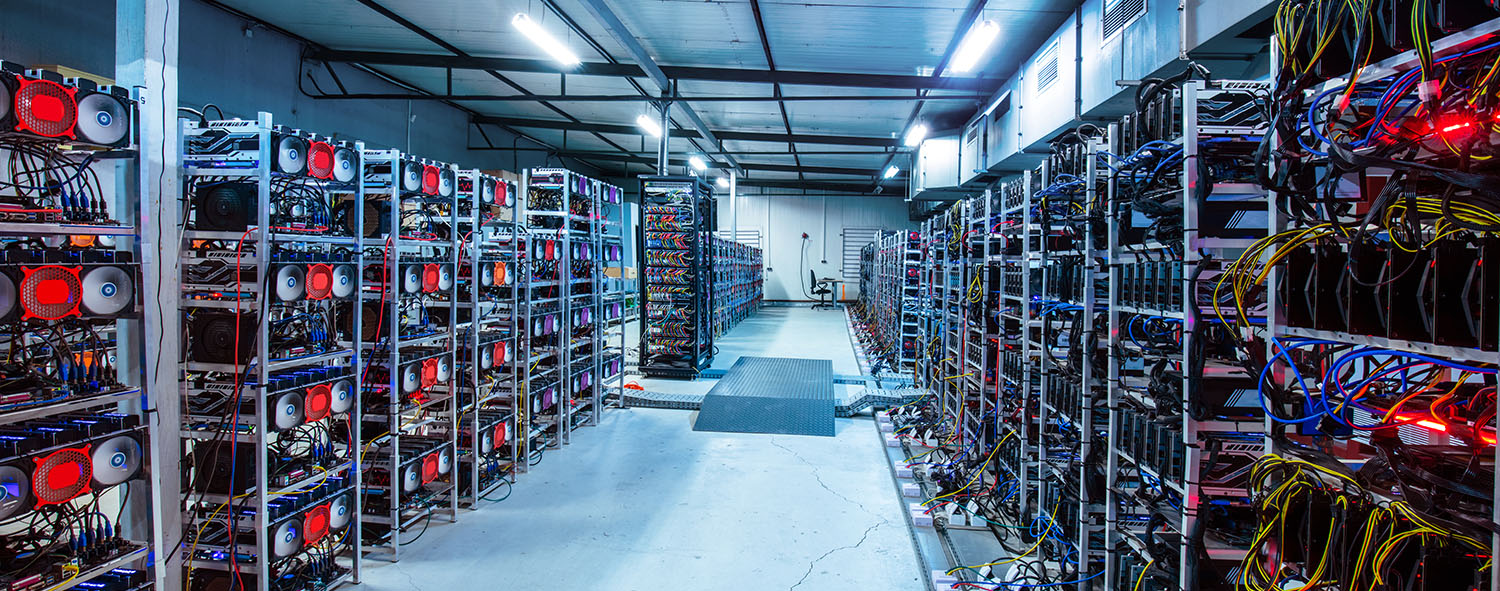

Bitcoin farms: the cryptocurrency mines
The sharp rise in the price and profitability of cryptocurrencies, led by Bitcoin, has caused a real gold rush. But in this case, the gold is digital currency.
Unlike the traditional monetary system, where Governments print money based on their needs, if we focus on Bitcoin, monetary creation is limited. Bitcoins are put into circulation every ten minutes and, approximately every four years, the software halves the blocks of currency issued, in a process known as halving. It is expected that by 2140 the total of 21 million Bitcoin will have been put into circulation.
How do Bitcoin mines work?
Bitcoins are not issued or are available to anyone who wants or gets to pick them up first. No, they are put into circulation in encrypted blocks that need to be decrypted. And this is where the concept of cryptocurrency mining comes in: with each issue, every ten minutes, miners connected to the network receive a new algorithm to solve a mathematical problem that, once solved, gives them the reward of new Bitcoins or commissions for the transaction; the miners validate the block and add it to the blockchain string.
Increasing competition to do this work has led to the creation of Bitcoin Farms around the world, where cryptocurrencies are said to be cultivated. These farms respond to the need to build real supercomputers by networking computers, so that they are able to decipher increasingly complicated algorithms as quickly as possible, to do so before the countless competitors.
These structures generate such a high consumption of electricity that they are most often installed in countries where this energy is more economical and the climate is colder, which allows avoiding overheating of computers and equipment. However, they have also led to the intensive demand for essential computer components to create these networks, such as graphics cards, to the point that some online retail chains have removed them from their open catalogue to avoid running out of them.
A problem of electricity consumption in Catalonia
In our country, the implementation of Bitcoin Farms is not illegal, but it mainly clashes with the high cost of energy that consumers in general suffer and that, in the case of these facilities, makes the electricity bill soar. This has led to the fact that, in some cases, their owners chose to tap into the power line or fraudulently connect to it. The ensuing allegations have led the Mossos to open investigations, in most cases with the mistaken suspicion that they were marijuana plantations.
It is in this way that cases such as the well-known one in Cambrils in 2018 have come to light, a great mine in a hotel under renovation of this coastal town; or this same week, the discovery in a flat in Sant Adrià de Besòs, to which we referred before. So far, they are rather isolated and semi-clandestine cases, but all indications are that they may be growing, as the profitability of cryptocurrencies and the fever of their miners to obtain them are growing.
For this reason, from time to time news such as these appear. Bitcoin Farms and the desire for presumed profits have also arrived in Catalonia.
Semi-clandestine flats, basements, or warehouses full of networked computers cultivating cryptocurrencies or mining Bitcoins, expressions used to define the extraction and obtention of digital coins. It may seem difficult to understand, but all of this makes sense within its issuing system.
11Onze is the community fintech of Catalonia. Open an account by downloading the super app El Canut for Android or iOS and join the revolution!
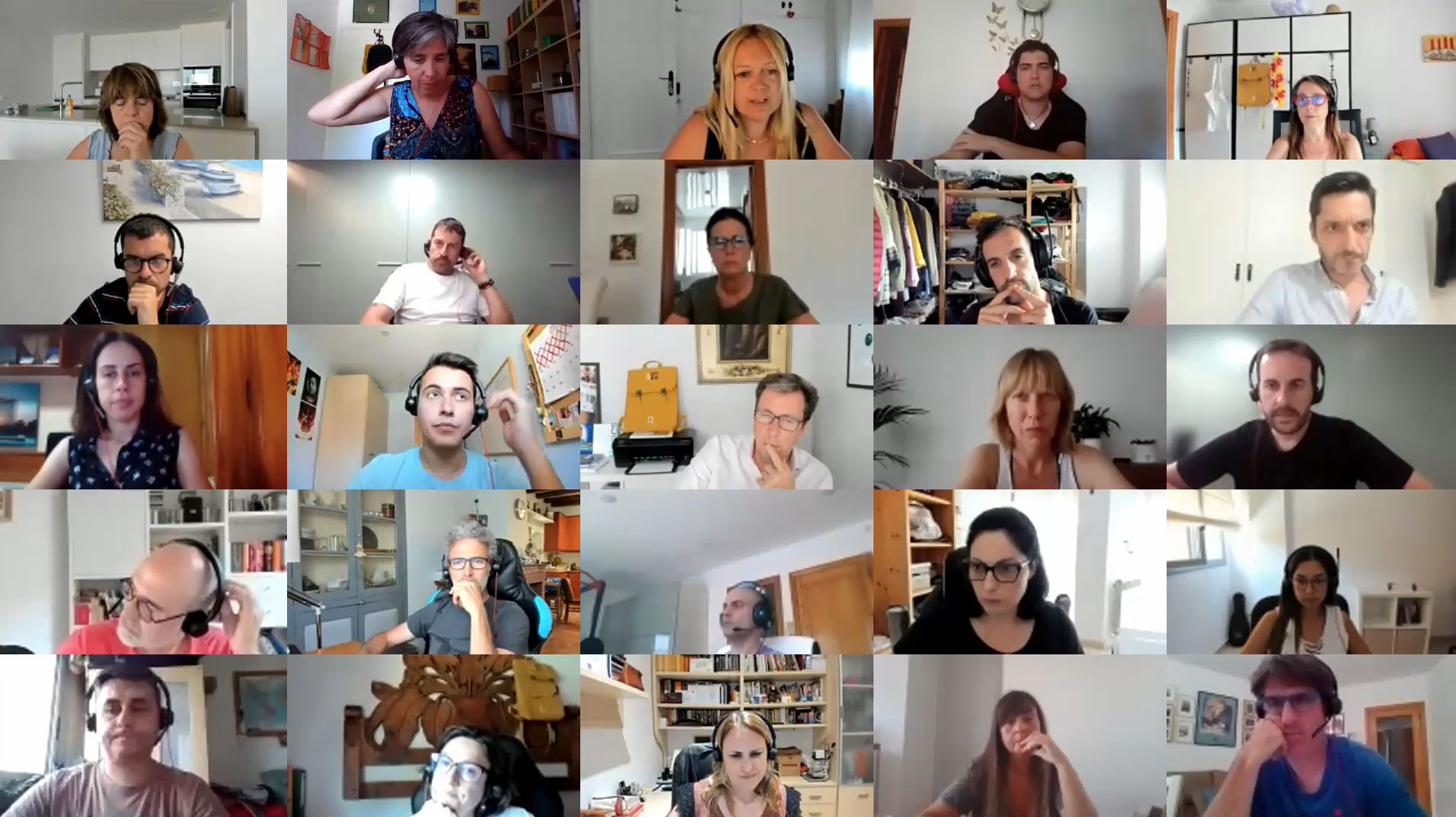
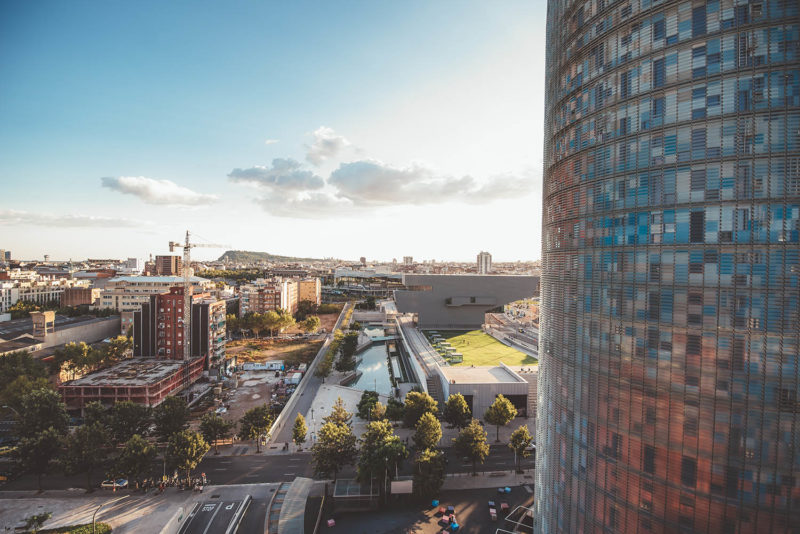
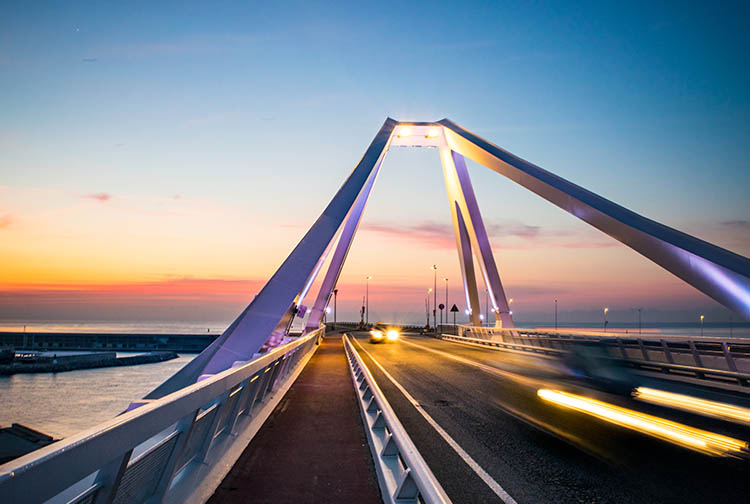
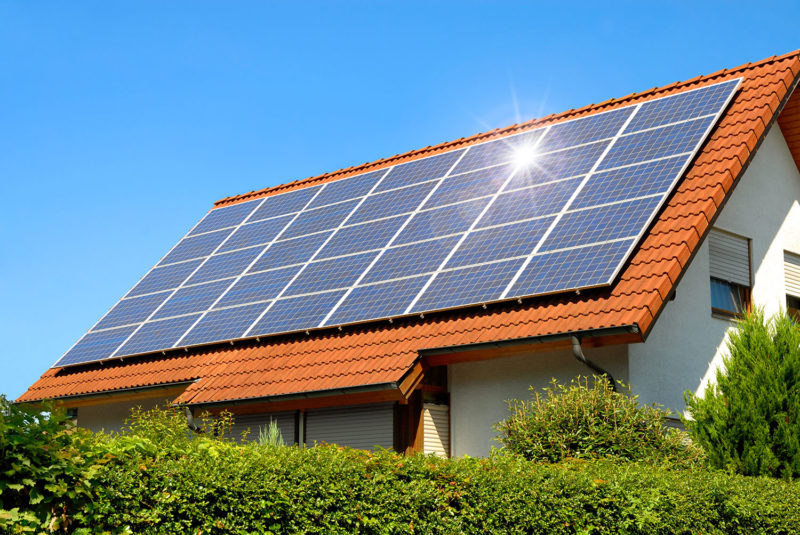


Vaja, Quina noticia😮 si es així em sembla que ja cal una regulació😅
Doncs sí Jordi, comença a ser urgent que es reguli una mica tot aquest tema.
👍
👍
Gràcies, Joan! Ens veiem per La Plaça!
No avalareu les multes dels presos polítics, un banc tant compromés amb Catalunya
Será difícil tal i com heu explicat fer una mina de cripto, aquí
Mentre tinguem el problema de l’energia no surt a compte
De pel.lícula. Vejam com acaba o es recondueix, perquè aquí tothom va per ell
Jo crec que això és insostenible. Tant des del punt de vista econòmic com mediambiental. Crec que s’està creant una gran bombolla amb les criptomonedes.
Francesc, hi ha milers de criptomonedes diferents i, entre elles, algunes amb molt menys consum energètic. A 11Onze també ho estem estudiant. Gràcies pel teu comentari!
El meu cunyat treballava al Banc Santander i sempre em parlava molt malament de les criptomonedes. Jo pensava que era perque es como una competencia. El que en sorpren es que vosaltres no Ho mireu així.
Interessant!